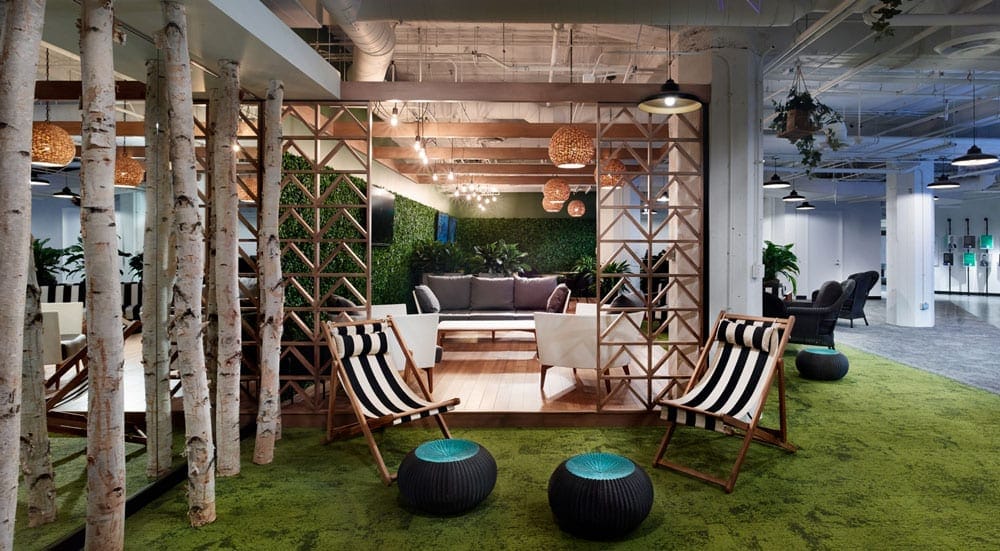Biophilic Design in Tech: How Nature-Inspired Tech is Enhancing Wellbeing
In recent years, this concept has transcended traditional architecture and interior design, making its way into the realm of technology.

Introduction to Biophilic Design

Biophilic design is a concept rooted in the idea of integrating natural elements into the built environment to enhance human wellbeing. In recent years, this concept has transcended traditional architecture and interior design, making its way into the realm of technology.
Nature-Inspired Interfaces
Technology is increasingly incorporating natural elements into interfaces and user experiences. From calming color palettes inspired by the natural world to interactive elements that mimic the movements of leaves and water, these interfaces aim to evoke feelings of tranquility and connection to nature.
Wellness Wearables
Wearable technology, such as smartwatches and fitness trackers, is also embracing biophilic design principles to promote mental health and wellbeing. Some devices offer guided breathing exercises inspired by the rhythm of waves or the rustling of leaves, helping users manage stress and anxiety.
Biometric Feedback Devices
Another emerging trend in biophilic tech is the development of biometric feedback devices that monitor physiological responses to natural stimuli. These devices can track metrics like heart rate variability and skin conductance, providing users with insights into their stress levels and overall wellbeing.
Virtual Nature Experiences
In an increasingly digital world, virtual reality (VR) and augmented reality (AR) technologies are offering immersive nature experiences. These experiences transport users to tranquil natural environments, providing an escape from the stresses of everyday life and offering therapeutic benefits for mental health.
Green Tech Workspaces
Tech companies are also embracing biophilic design principles to create more green and sustainable office spaces. Incorporating elements such as living walls, natural light, and indoor plants can improve air quality, reduce stress, and boost productivity among employees.
Conclusion
In conclusion, the integration of nature-inspired design elements into technology represents a promising trend in enhancing human wellbeing and productivity. By fostering a deeper connection to the natural world, biophilic tech has the potential to improve mental health and quality of life for users worldwide.
FAQs
- How does biophilic design benefit mental health?
- Biophilic design principles have been shown to reduce stress, improve mood, and increase overall wellbeing by fostering a connection to nature in the built environment.
- What are some examples of nature-inspired interfaces in technology?
- Examples include calming color palettes, interactive elements that mimic natural movements, and soundscape experiences inspired by the natural world.
- How can biometric feedback devices help with stress management?
- Biometric feedback devices can track physiological responses to natural stimuli, providing users with insights into their stress levels and helping them to manage stress more effectively.
- What are the benefits of virtual nature experiences?
- Virtual nature experiences offer a convenient and immersive way to access the restorative benefits of nature, including stress reduction and improved mental wellbeing.
- How can green tech workspaces improve productivity?
- Green tech workspaces incorporating biophilic design elements have been shown to improve air quality, reduce stress, and increase productivity among employees.